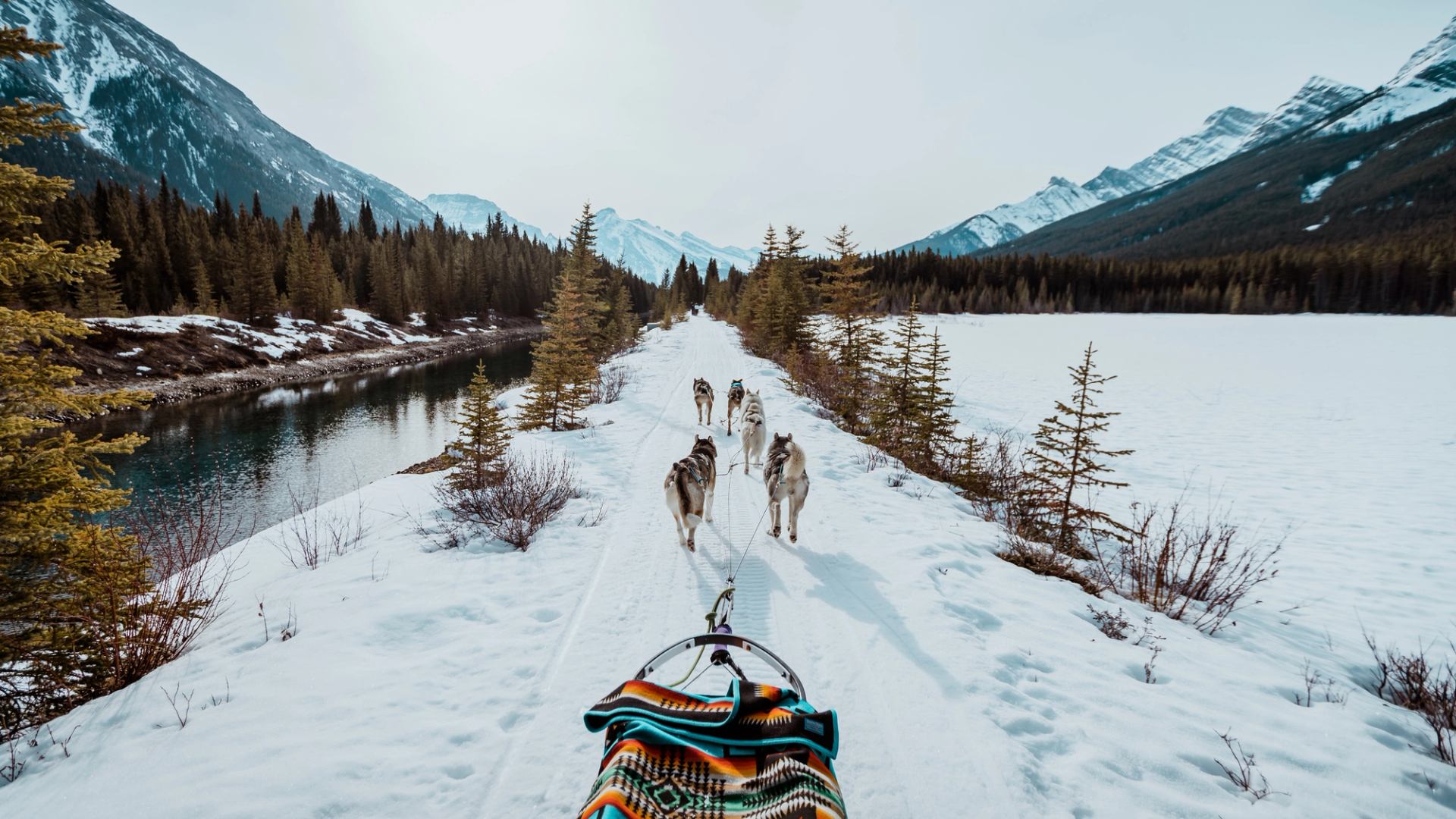A thrilling and uniquely Canadian experience.
In winter, the Alberta landscape becomes a highway. That was true for Indigenous people, early European settlers and trappers who used dog sleds for transportation.
These days in Alberta, dog sledding is more recreational than a way of life. (You can also experience the excitement in the summer with dog-carting.) That doesn’t make it any less exciting. It’s a heart-pounding way to take in the scenery and connect with nature. Just remember: sled dogs are born to run, so hold on tight.
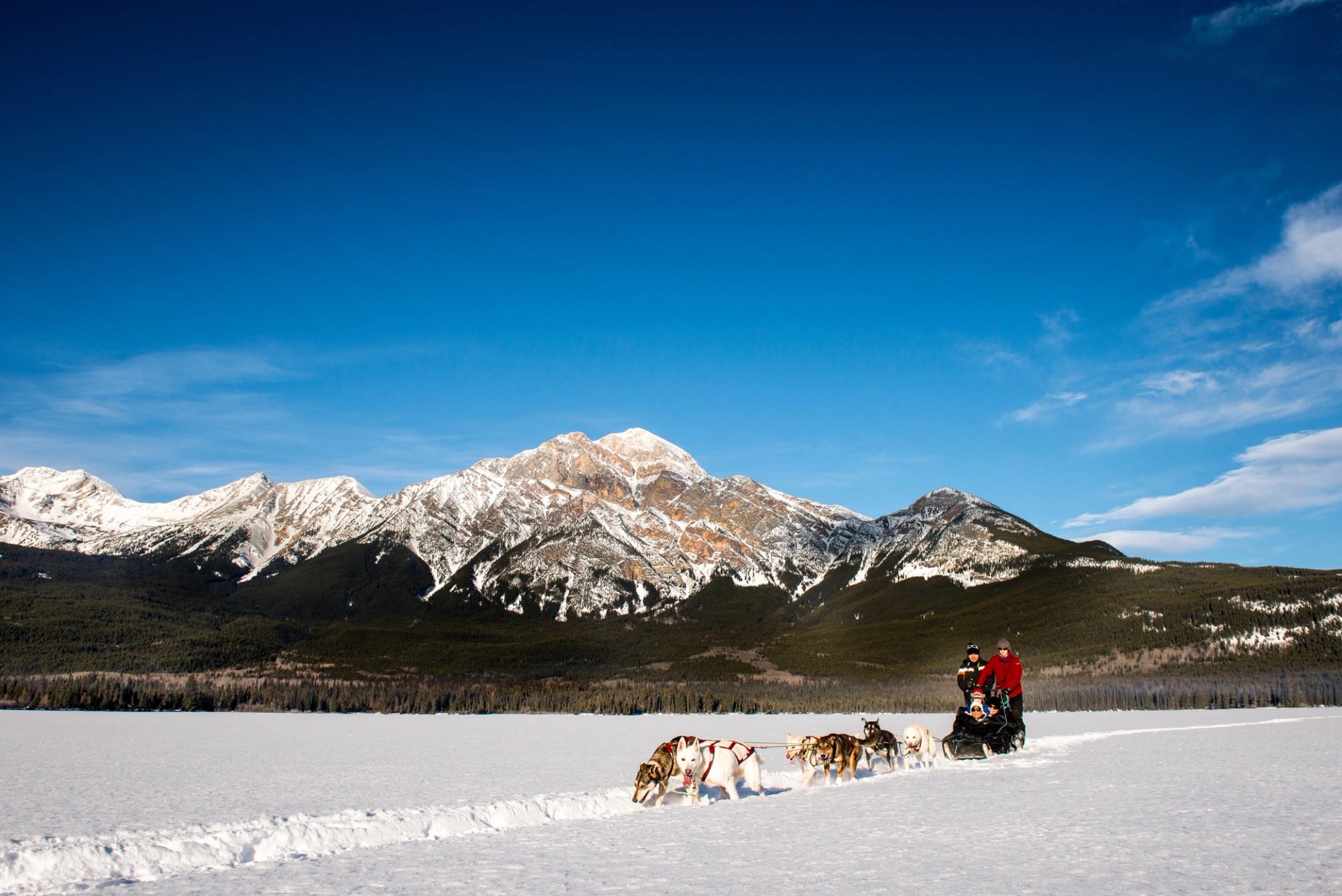
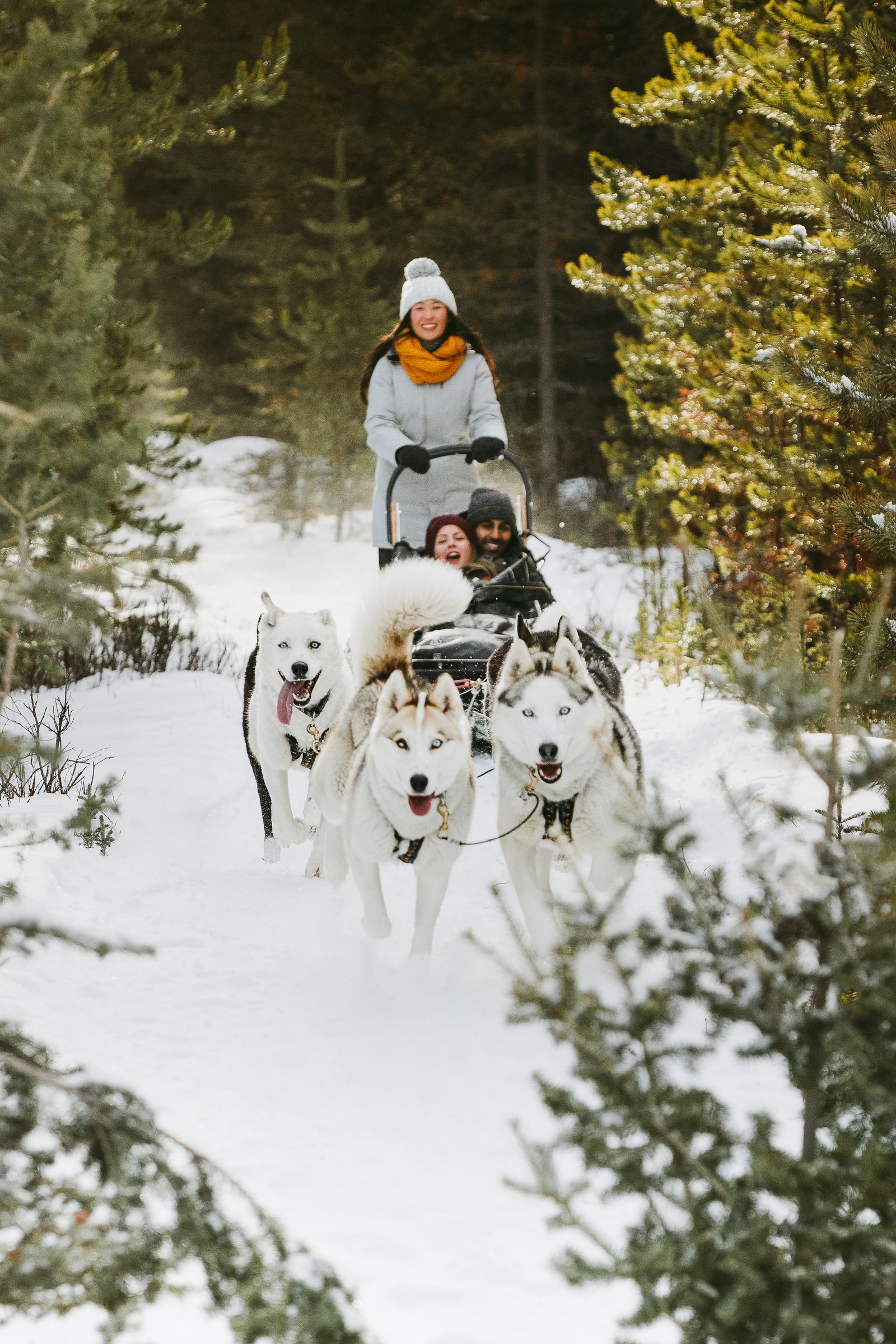


Follow the call of the wild
Everybody howls when the dogs start running. You can get that jolt of excitement in all corners of the province. Operators in Grande Prairie run the trails of northern Alberta. The mountain parks are the heart of dog sledding in the province, with operators in Banff, Jasper and Canmore.
Wherever you decide to do your mushing, you’ll get the ride of your life. If you’re interested in quieter fun, many dog sledding outfits also offer kennel tours.
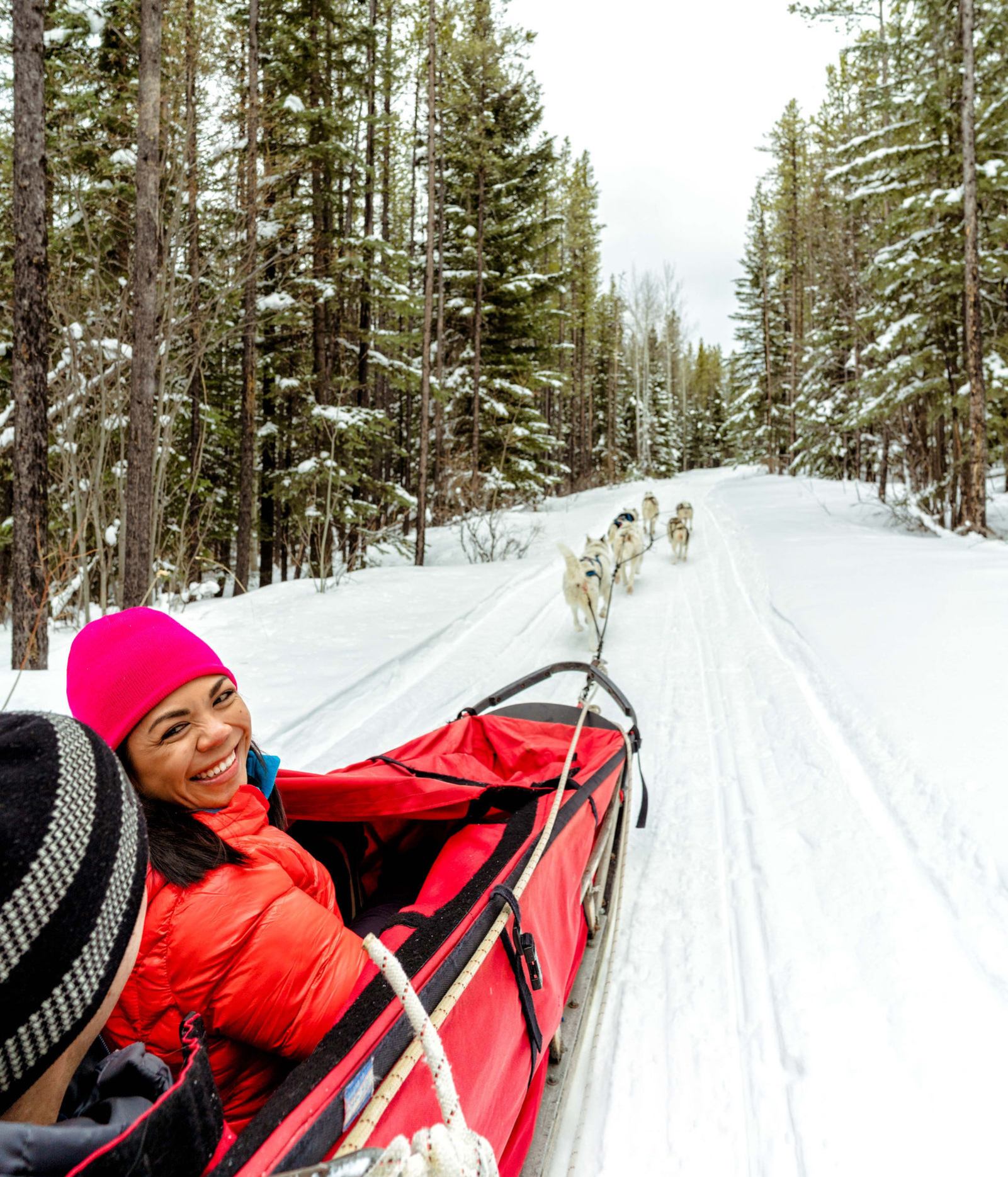

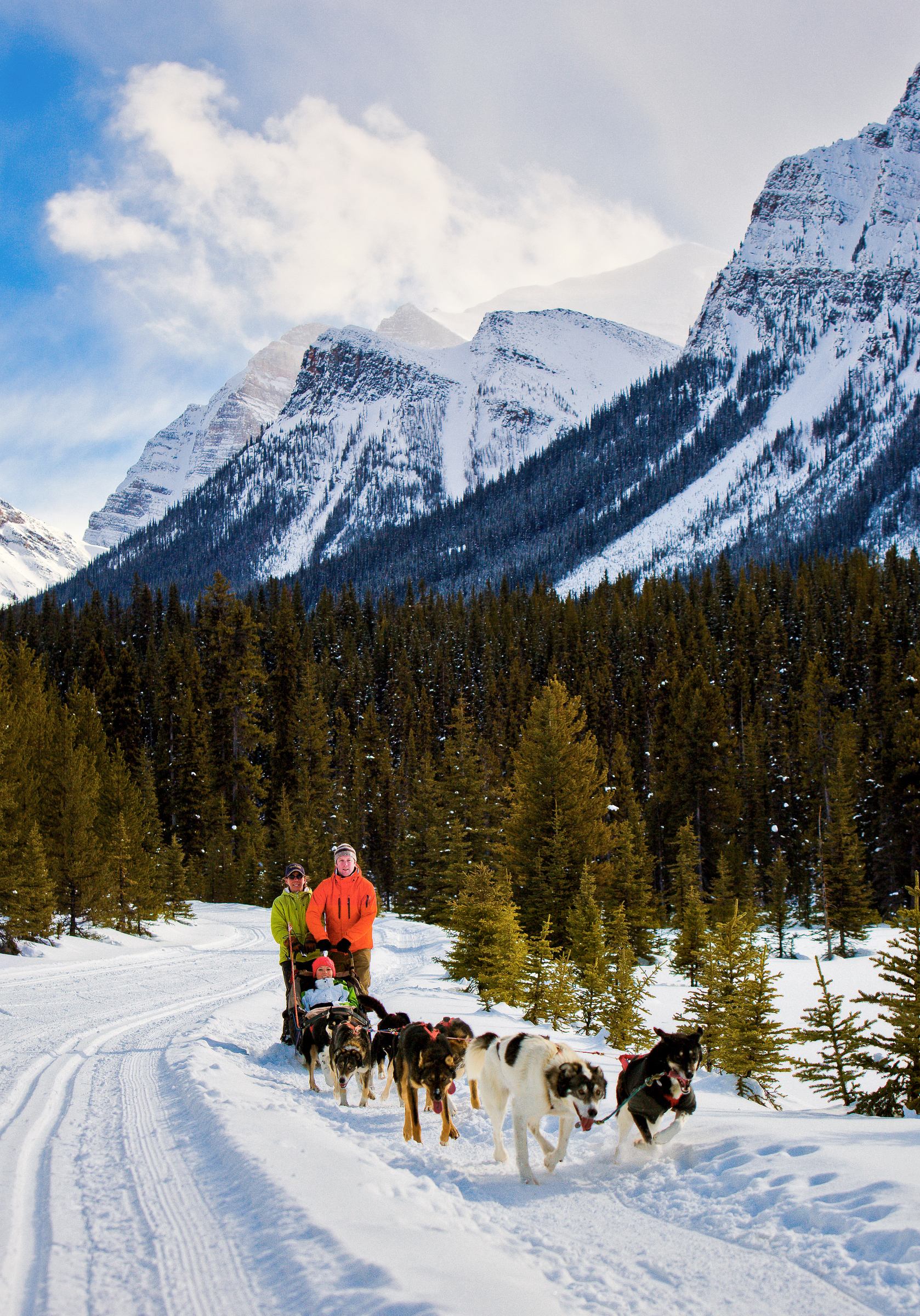
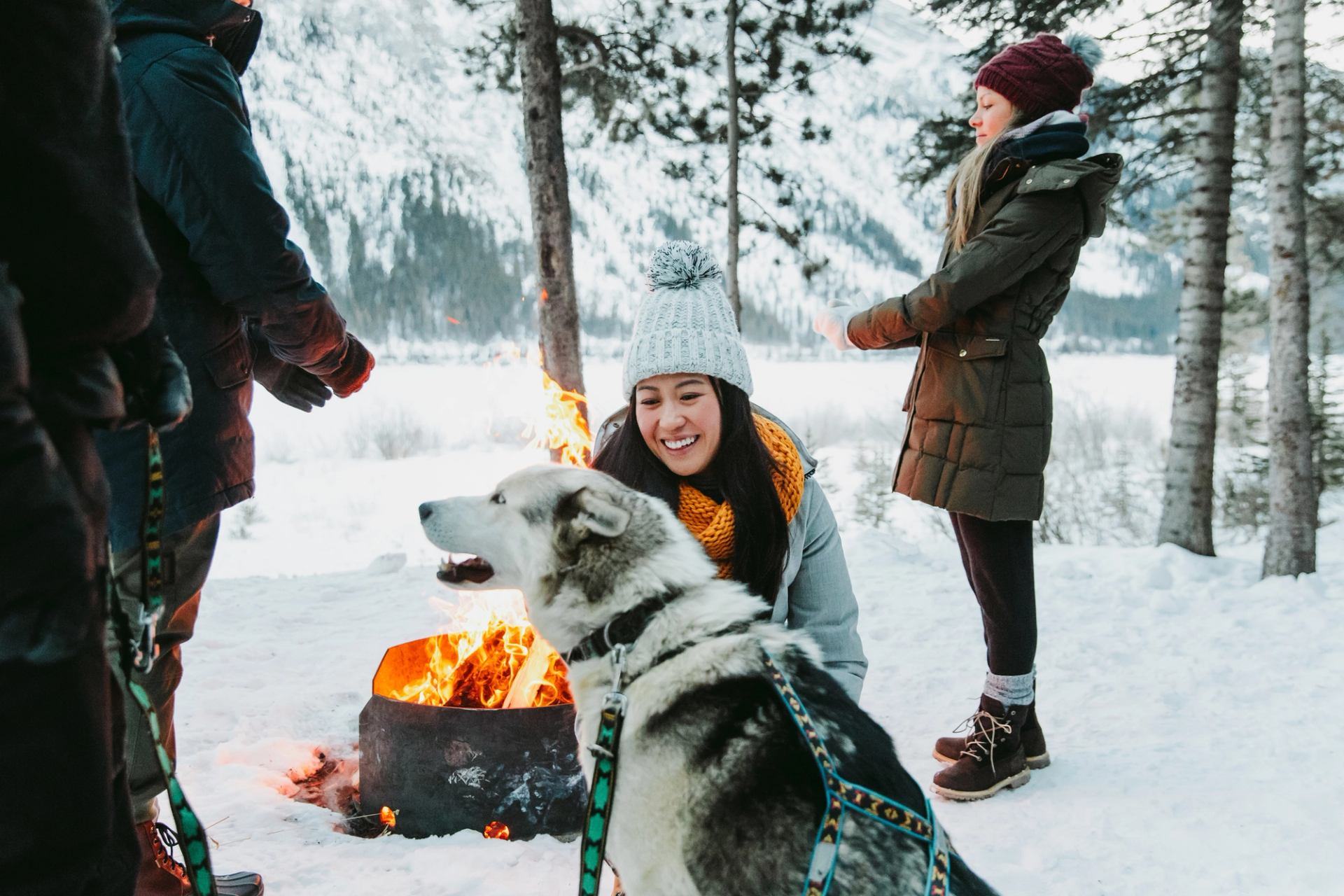
Featured experience provider
Snowy Owl Sled Dog Tours
Snowy Owl has been operating out of Canmore since 1983. They offer instructor-driven sleds and even give you the chance — under close supervision — to be a musher. There’s no better way to see Spray Lakes Provincial Park. Snowy Owl offers a range of summer and winter tours, including overnight options for the full wilderness experience.
Dog sled tours
Off to the races
Visitors to Alberta have a few chances to catch a dog sled race. There is the annual Oil Sands Classic in Anzac, outside of Fort McMurray. A race is also featured as part of the Canmore Winter Carnival, giving spectators a chance to cheer on the athletes — those on four legs and those on two.


Bundle up for family fun
Dog sledding is truly an all-ages activity. And there’s no better way to promote family togetherness than piling into a sled, huddling under a blanket and tearing down a trail or across a frozen lake. It’s so much fun that the dogs aren’t the only ones howling for joy.

Did you know?
Common sled dog breeds include Siberian huskies, Alaskan huskies and Alaskan malamutes.
You may also be interested…
The Yamnuska Wolfdog Sanctuary sits just outside Cochrane. It offers sanctuary for wolfdogs as well as education on wolfdogs and wolves for the general public. Guided tours are available, and visitors have the chance to meet the furry ambassadors.

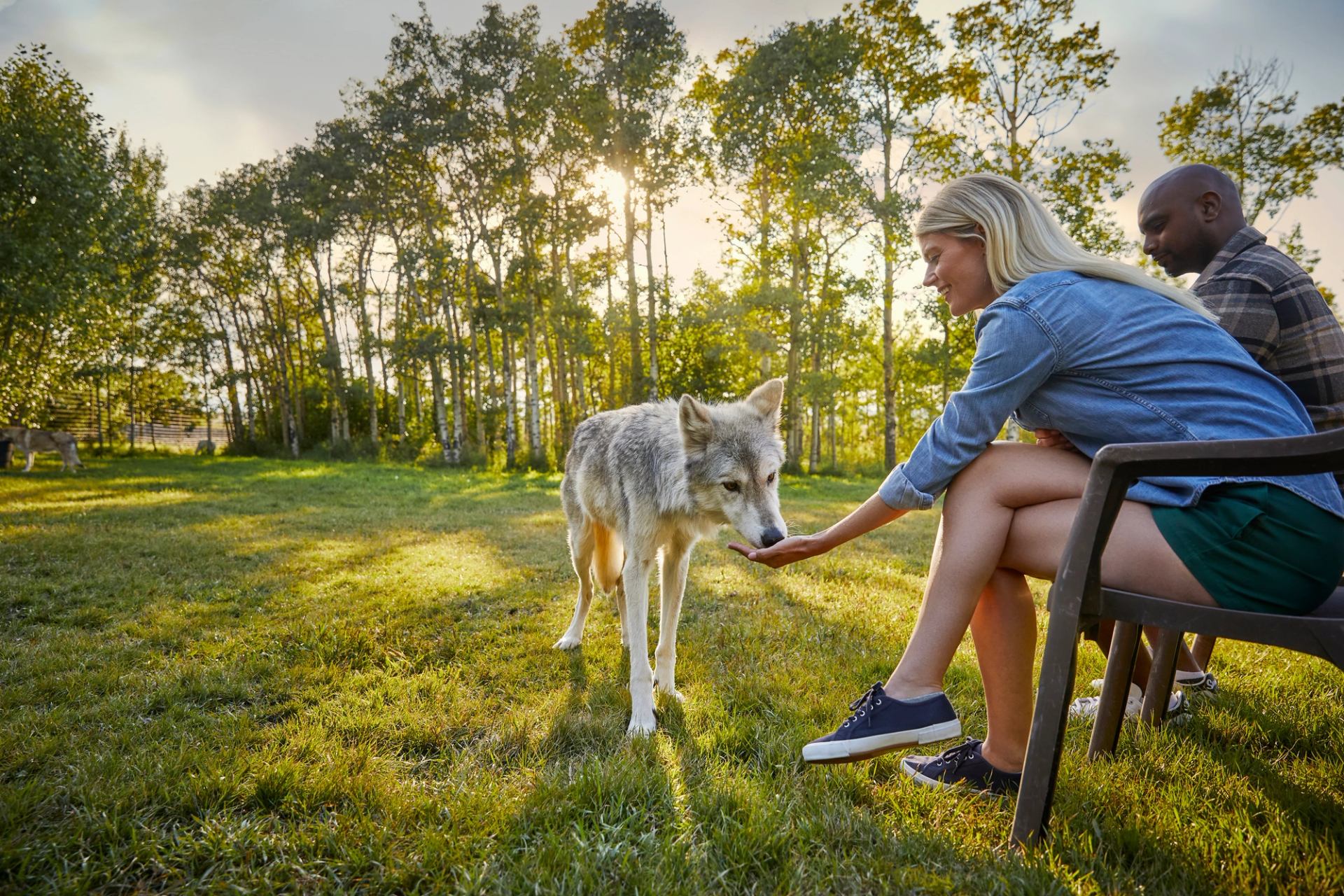
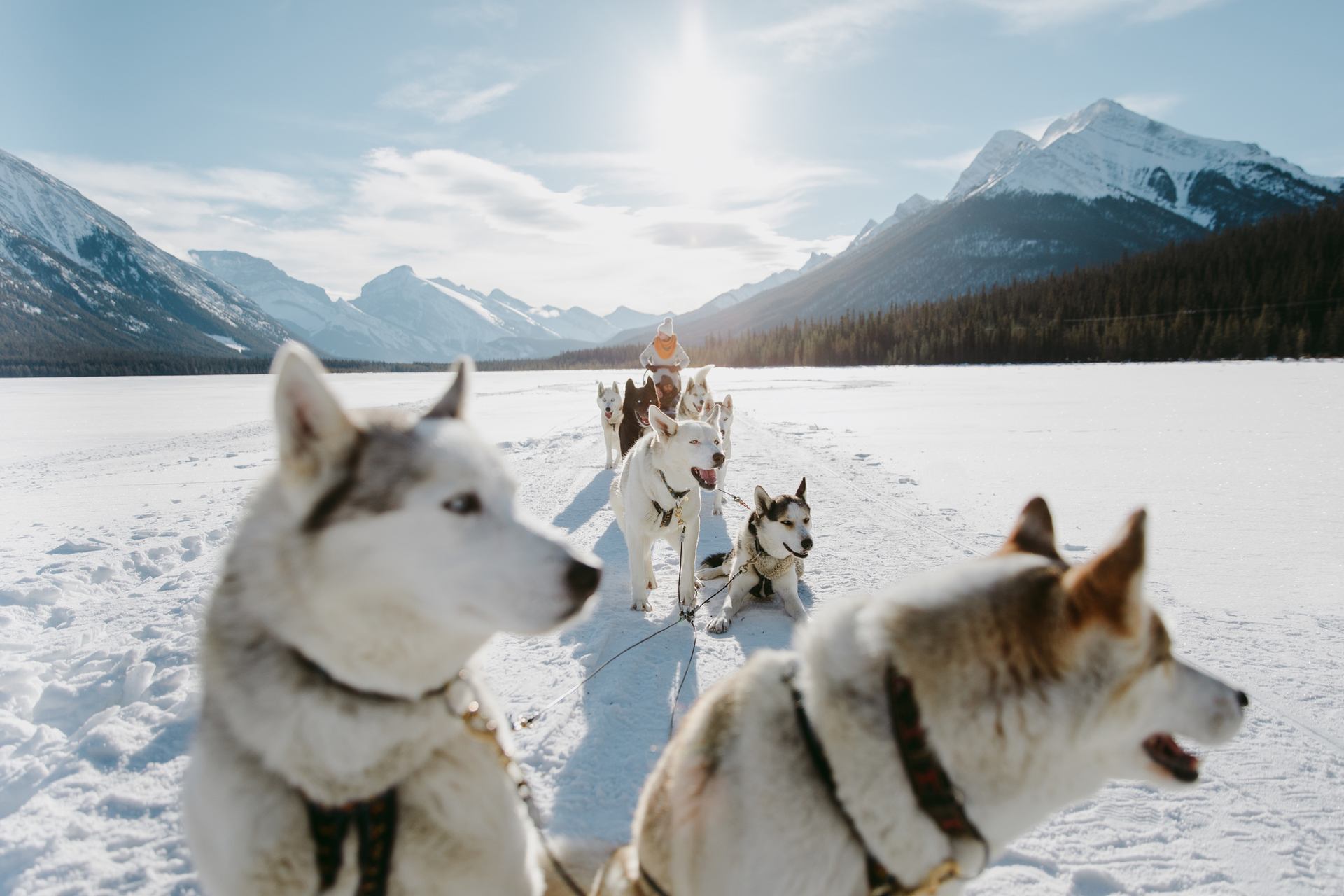
Frequently asked questions
It’s no exaggeration to say that sled dogs are born to run. They have a desire to pull and they are well-adapted for the task, having both speed and endurance.
Sleds are generally designed for two (one in the sled, one mushing) or three people.
Operators consider dogs to be part of the family. They’re also business partners. For these reasons, the dogs are well looked after. They receive plenty of rest, high-calorie diets and raw meat treats.
It’s not mandatory, but a tip is a great way to thank a knowledgeable guide for an unforgettable day on the trails.
Each operator has its own cutoff, but tours can take place when temperatures are as low as -30° C (-22° F). That means it’s critical to bundle up. Wear layers, mitts or gloves, winter boots, goggles or sunglasses, a down jacket, snow pants and top it all off with a toque (wool hat) that covers your ears.
Operators are happy to accommodate all ages on winter tours. (Some limit dog carts to kids aged three and older.) They are also happy to accommodate pregnant women, people with reduced mobility and those with hearing or visual impairments.
This all depends on snowfall, but the dog sledding season generally runs December to April. Sleds are replaced by carts in the summer months, roughly June to September.
